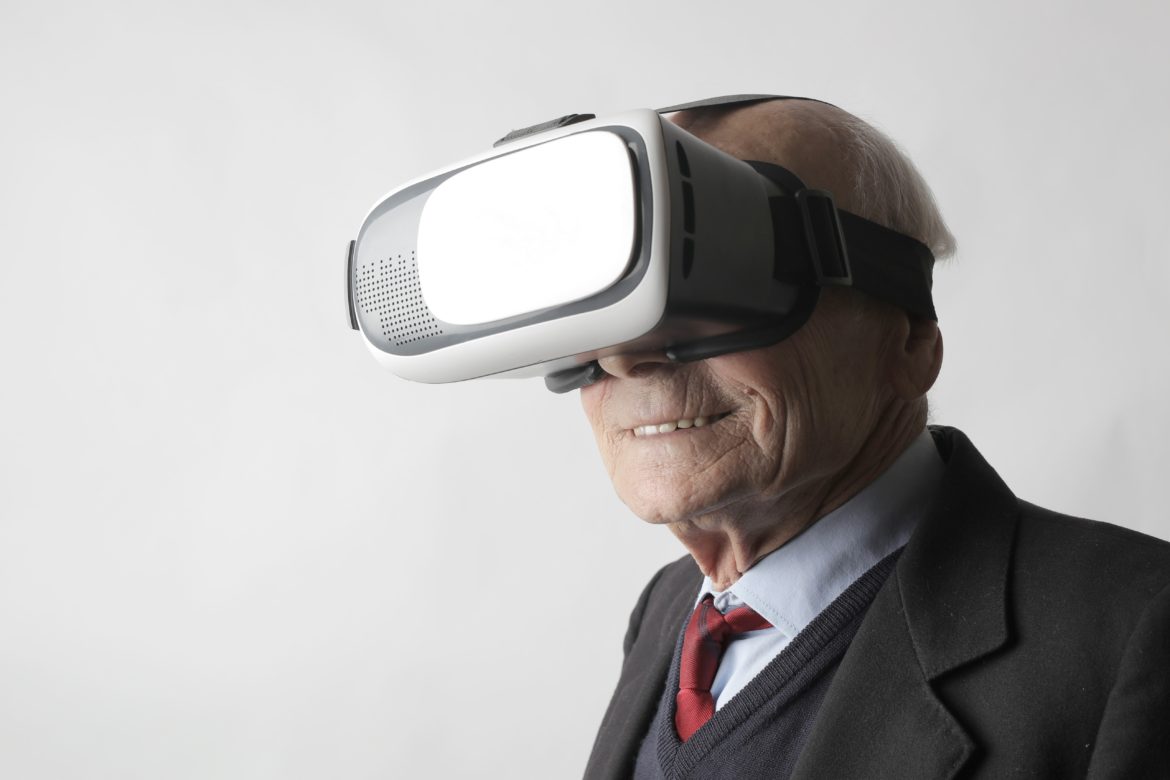|
Getting your Trinity Audio player ready...
|
The next phase of the Internet is coming. And news media companies need to prepare.
“The future of journalism is immersive, interactive, and 3D,” says Raymond Soto, Senior Director of Emerging Tech at Gannett/USA Today Network. Virtual Reality (VR), Augmented Reality (AR), and Extended Reality (XR) are no longer terms referring to new technology that publishers can wait and watch upon. It’s time they take the plunge and start experimenting with these tools, make mistakes, learn, and develop a new competitive advantage.
“You can greet technology with folded arms and just be reactive and wait until The New York Times and everybody else defines it — or you can be proactive,” says Robert Hernandez, Professor of Digital Journalism, University of Southern California. “And by being proactive, you get to make mistakes when no one is looking. You get to start building up your culture and your understanding of how these tools can work for you as an individual news organization.”
So when it hits and goes mainstream, you already have content and have already learned a bunch of lessons. You’re ahead of the curve, and you don’t need to spend a lot of money to be ahead of the curve right now.
Robert Hernandez, Professor, Digital Journalism, University of Southern California
“The next phase of the Internet is coming”
“The commercial opportunities with XR are real,” a new INMA report notes. “The technology is ripe. And the tipping point is coming.” The report, “The Opportunities and Blueprint of Extended Reality (XR) for Media,” based on a series of six masterclasses by INMA serves as a primer for publishers who want to start experimenting with these technologies. It shares the benefits and opportunities publishers can unlock with XR, handy tools that do not require considerable investment, and ideas for onboarding readers.
The next phase of the Internet is coming. And news media companies need to prepare.
The Opportunities and Blueprint of Extended Reality (XR) for Media
“We need to start building the skillsets internally so we can meet the needs and maybe even have a small library of content when that tipping point comes,” the authors add. Opportunities for publishers include covering war zones – XR can bring them to life for readers. Coverage of events like the January 6, 2021 riots at the US Capitol can be made significantly more engaging. Other areas like travel (general and space), fashion, sports, food, music, travel, real estate, gaming, and shopping also have great potential. Consumers can be taken to these shows/surroundings and given life-like experiences.
Publishers using XR stand to benefit, says Laura Hertzfeld, former Director of Yahoo’s XR Partner Program, in terms of:
- Reader engagement
- Opportunities for sponsored content and advertising integration
- Tech knowledge
“Very simple, extremely powerful experience”
“I do think news organizations sometimes feel like they get burned when they do a heavy investment up front and then they’re scared to reinvest again,” says Hertzfeld. “No one knows what they’re doing at this point, so it’s trial and error. There are some low-impact and low-investment ways to see what might work for your newsroom.”
When we think of Virtual Reality, we think of high-end headsets and those types of things. People think they can’t afford it, but this type of storytelling is available to you now through existing technology that you and your consumers already have.
Robert Hernandez, Professor, Digital Journalism, University of Southern California
Publishers can use 3D asset libraries to find items that go with their stories or use special filters on Instagram and Snapchat to create immersive content. Hertzfeld also recommends training teams on photogrammetry using an iPhone. Photogrammetry allows users to take pictures of an object and put them together to create a 3D version.
While working on a project covering the stories of homeless people living in tents, Professor Hernandez and his students used photogrammetry to create a 3D rendering of the tent homes. Then they used Snapchat Lens Studio to superimpose hotspots that users could click on for interactive experiences like walking around the 3D model of a tent.
“People can have this very simple, extremely powerful experience of Augmented Reality by stepping into a space through that portal,” says Hernandez.
He recommends several apps and tools that would help publishers experience and experiment with XR, VR, and AR. They are:
XR:
- YouTube
- Snapchat
- The New York Times
- Google Street View
- Polycam
VR:
- Panorama 360
- Google Street View
- Thinglink
- VeeR VR Editor
- Scene VR
Insta360 and GoPro Max are affordable 360-degree cameras for VR.
AR:
- Autodesk Maya
- Unreal Engine
- Cinema 4D
- eyesCloud 3D
- Unity
“Folks are coming back for this content”
Gannett created a game-like AR production called Flatten the Curve. It allowed users to learn about CDC guidelines on social distancing for Covid in a fun and engaging manner. They were led through various scenarios around the pandemic and asked to select the safest option from multiple choice answers.
It had an “outstanding engagement rate,” according to the report, “with more than 4M seconds of engagement in total across 164,000 total views.”

The publisher created an AR production covering the Siege at the US Capitol as well. It showed users the locations of some of the most iconic photographs taken that day to create a better understanding of the place and how the events unfolded. The production created strong engagement when it was released shortly after the event. When it was re-promoted this year on the first anniversary of the event, the engagement was even better.
“Folks are coming back for this content,” says Soto. “They aren’t coming to this as a one-off experience. They are coming back. We have the data to support this, and it’s telling us we’re creating the right experiences.”
“We have to evolve with the technology and the audience”
Immersive Extended Reality consultant Stephen Shaw says that Global VR revenue continues to rise significantly on the consumer and enterprise sides.
He suggests that after publishers have created a captive audience for such productions they can build and sell specific verticals, like travel, fashion, music, food, etc. He also recommends selling XR and AR experiences just like they would more traditional advertising.
The commercial opportunity is real. Brands are also looking at how they can use XR. Bring them on the journey with you. It could even be fun.
The Opportunities and Blueprint of Extended Reality (XR) for Media
“It’s showing no sign of diminishing,” notes Shaw. “Whilst the hardware may become more complex for us as publishers and newsrooms to understand, it’s giving us more potential brand touchpoints both for storytelling but also for commercial revenue generation.”
He exhorts publishers to get familiar with these technologies. “Please do try and understand the tools because how can we continue to sell and promote these tools if we haven’t experienced them?”
“Have your newsroom meetings in Virtual Reality headsets from the comfort of your own home,” he adds. “It’s something to consider and explore, but it’s a way of learning these technologies. You are content creators. You’re the storytellers.”
We have to evolve with the technology and the audience. Audience expectations are always changing and growing with technology. We have to meet them where they are and exceed those expectations.
Raymond Soto, Senior Director of Emerging Tech, Gannett/USA Today Network
The full report can be downloaded from INMA:
The Opportunities and Blueprint of Extended Reality (XR) for Media



